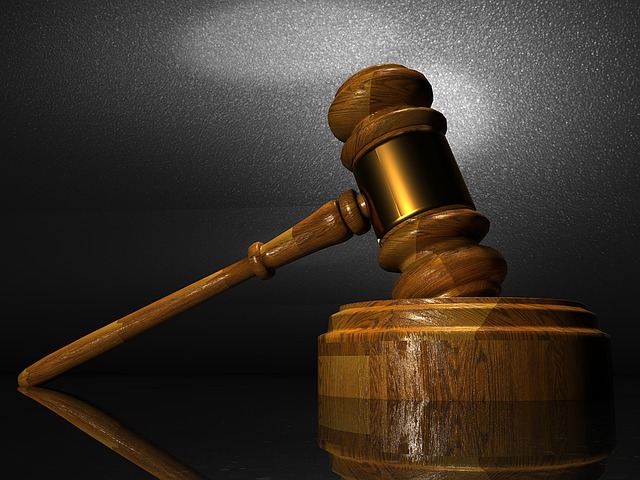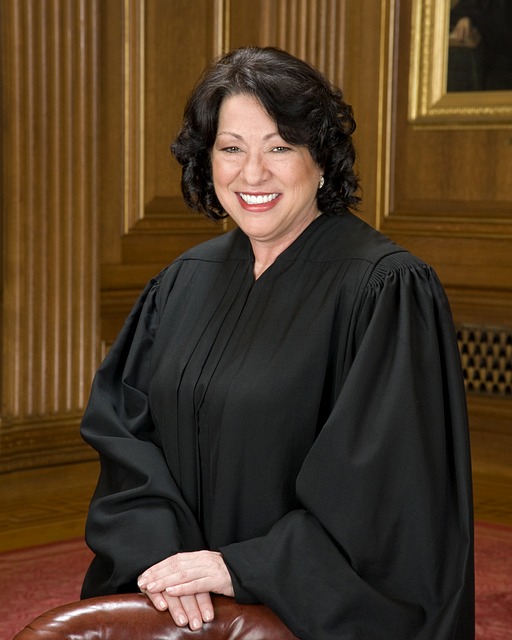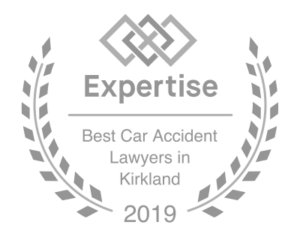 In this post we visit factors that relate to rear end collision injury in the context of the biomechanical expert. We learn these factors from peer reviewed publications many written by biomechanical engineers. These factors are the foundation for the cross examination of the bioengineer.
In this post we visit factors that relate to rear end collision injury in the context of the biomechanical expert. We learn these factors from peer reviewed publications many written by biomechanical engineers. These factors are the foundation for the cross examination of the bioengineer.
Speed of Bullet Vehicle. The factor we all relate to is the speed the rear ending car is traveling at the time of collision. In 1989 Morris, in The Archives of Emergency Medicine, reported “rear end impacts as little as 5 mph can give rise to significant symptoms.” Injury results from the acceleration of the head, not the vehicle. Credible biomechanical engineers know head acceleration results from many factors beyond vehicle speed, and it is too simplistic to conclude lack of injury from vehicle speed. Low speed collisions can and do cause injuries.
Lack of Apparent Vehicle Damage and Injury. Since the mid 1980s bumpers have been required to withstand impacts of at least 5 mph. Manufacturers insure compliance by overdesigning their bumpers so they can withstand impacts greater then 5 mph. Thus, no bumper damage does not necessarily mean a collision of 5 mph or less. Because low speed collisions can result in injury, to say there is no injury because there is no or minimum bumper damage is a misstatement of biomechanical reality.
Expectancy. Not being prepared for the impact, which is the most common scenario, increases the likelihood for injury.
Preexisting Spinal Degeneration. “[I]t is known that the majority of older aduls have some degree of cervical spinal degeneration.” Tencer, A Comparison Of Biomechanical Mechanisms Of Whiplash Injury From Rear End Impacts. (Quote from full article). Having pre-existing lumbar spinal degeneration predisposes victims who suffer neck pain after a low speed rear end collision to neck injury and to additional symptoms such as arm numbness, pain and tingling, or low back pain.
Head Position at Impact. “When the horizontal distance of the head to the head restraint is increased… the velocity of the head as it hits the head restraint is increased. This is because the torso impacts the seatback leaving the head to fall backward as the torso is thrust forward.” Tencer and Mirza, Whiplash Mechanics in Low Speed Rear-End Automobile Collisions. This then increases cervical spine flexion loading during whiplash which makes injury more likely, since it is head acceleration that causes injury. Studies also show ” a rotated and/or inclined head position, and not being prepared for the collision were related to multiple symptoms including headache, neck pain, and shoulder pain.” Frontiers In Whiplash Trauma, at 393.
Trucks and Stiffer Vehicles. Trucks or truck frame vehicles, usually have heavy duty bumpers and stiff frames, and tow bar and trailer hitch vehicles, absorb less energy into the vehicle in a rear end collision. This results in more energy being absorbed by the vehicle occupant causing a higher potential for injury. Likewise the stiffer the seat the higher the likelihood of injury. “Several studies have shown the advantages of yielding seats in low-speed rear impacts.” These softer seats occur more often in car models from the early 1980s. Frontiers at 106. As far as the bullet vehicle “a heaver car increases the risk of disability to occupants in the struck car.” Frontiers at 108.
On Bioengineers. “Engineers can calculate the magnitude of forces involved and might speculate as to what may or may not have happened to and in the vehicle. What they cannot do is stipulate what happens in the patient’s body.” Frontiers at 5. Moreover, “[s]ince the shape of the impact pulse [crash pulse] seems to have an influence on the severity of the neck injury, it is not appropriate to use only the amount of kinematic transferred energy as an injury risk indicator.” Frontiers at 110. In peer reviewed studies under laboratory conditions the biomechanical expert knows the crash pulse. Rarely if ever when that same expert testifies in a personal injury trial does he know the crash pulse involved in the collision at issue. Thus, he is violating the maximum from the above quote in Frontiers In whiplash Trauma, and the testimony should be excluded.
Hopefully this post and the last assist in drafting your cross examination of the biomechanical engineer.
Post Footer automatically generated by Add Post Footer Plugin for wordpress.


 Unfair
Unfair This post discusses Clarence Darrow’s trial preparation and delivery.
This post discusses Clarence Darrow’s trial preparation and delivery. Often I see inquiries from lawyers asking how to deal with a particular judge. Having been a United States Federal District Court Law Clerk for my first two years as a lawyer, and having appeared before judges hundreds of times, I am amazed when a lawyer asks about dealing with a particular judge. This post discusses my maxims as far as dealing with any and all judges.
Often I see inquiries from lawyers asking how to deal with a particular judge. Having been a United States Federal District Court Law Clerk for my first two years as a lawyer, and having appeared before judges hundreds of times, I am amazed when a lawyer asks about dealing with a particular judge. This post discusses my maxims as far as dealing with any and all judges. In this post we visit factors that relate to rear end collision injury in the context of the biomechanical expert. We learn these factors from peer reviewed publications many written by biomechanical engineers. These factors are the foundation for the
In this post we visit factors that relate to rear end collision injury in the context of the biomechanical expert. We learn these factors from peer reviewed publications many written by biomechanical engineers. These factors are the foundation for the